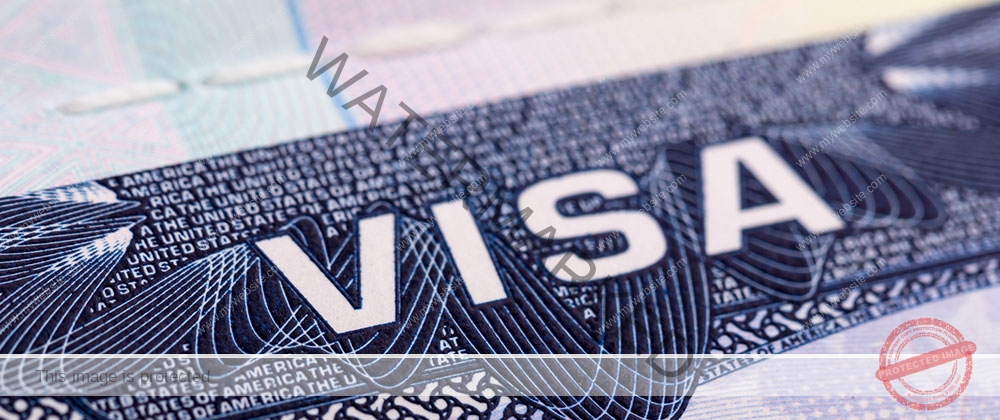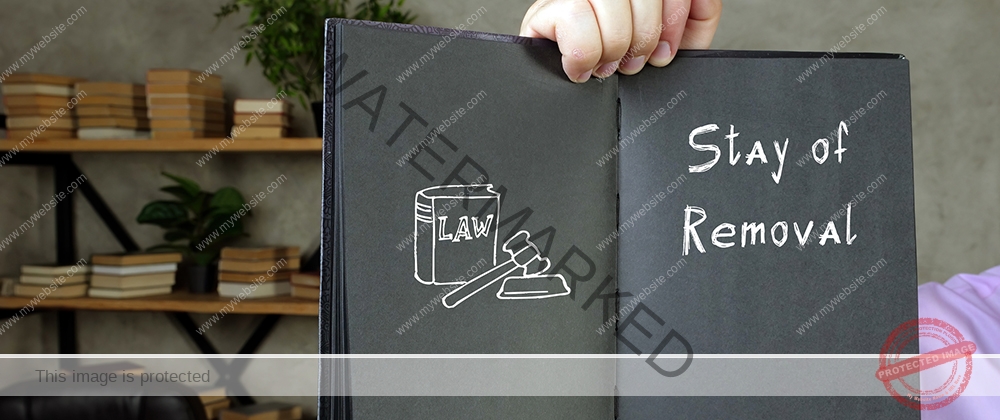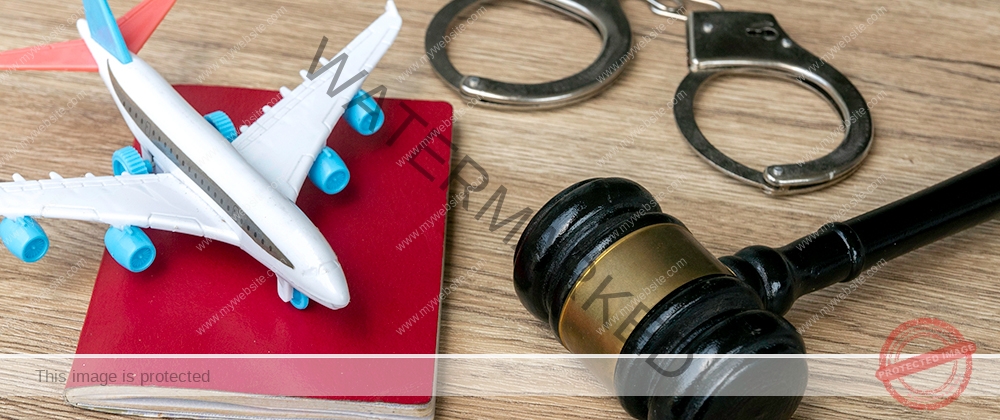What Is the Best Visa for Me?
Employers in New York and the foreign people they want to hire to work in specialized positions have both struggled with the H-1B visa program. This program is not working correctly, and employers are consequently struggling to fill open positions. Foreign workers who want to come to the U.S. to live and work might have a few alternative options. A New York immigration lawyer at Pozo Goldstein can help you understand the best visa program for your situation.
Convoluted H-1B Visa Application Process
Employers have to submit several applications to try to hire a foreign worker. They must apply to the U.S. Department of Labor (DOL) to show that they will pay the prevailing wage rate to the foreign worker that U.S. workers in the same area receive. They must also show that their work site doesn’t have any existing labor disputes. The DOL application can only be filed once per year in early April.
Next, the employer must apply with the U.S. Citizenship and Immigration Services (USCIS) to show that the open job requires at least a Bachelor’s degree in a specialty field such as engineering, computer science, accounting, or others. There is an annual cap of 85,000 visas, and the jobs can’t start before Oct. 1. In most years, more than twice the number of employers apply as there are visas available. The USCIS conducts a lottery to select winning applications.
Applicants will then need to apply at a U.S. Consulate abroad to obtain the H-1B visa in their passports. When the applicants arrive at a U.S. port of entry, they will need to apply for admission from the U.S. Customs and Border Protection. This convoluted process can be frustrating for both employers and foreign workers.
Legal Limbo for H-1B Visa Holders
Once people have H-1B visas and have worked in the U.S., they can be left in limbo for years while waiting for employer-backed immigration visas. U.S. employers must complete labor certifications during which they must present evidence that they have engaged in substantial activities to try to find U.S. workers but have not been able to find them before they can apply to hire foreign workers. Labor certification requires employers to expend extra costs and effort, and some employers are unwilling to do so. The U.S. also sets limits on the number of immigrants that can receive green cards from specific countries each year. No more than 7% of the total number of family-preference and employment-based immigrant visas can be given to individuals for a single country in a year.
H-1B Visa Alternatives
H-1Bs Exempt From Annual Caps
Certain types of U.S. entities, including nonprofit research organizations, educational non-profits, and institutions of higher learning are exempt from the annual H-1B visa cap and lottery. People who are seeking H-1B visas might try to apply for positions with one of these types of institutions to avoid the cap and enjoy fast processing.
L-1 Visas
A second alternative is an L-1 visa. These visas allow multinational companies with offices in the U.S. to transfer specialized workers, executives, and managers to their U.S. affiliates as long as they have worked one out of the last three years for the company before they are transferred to the U.S. office.
F-1 Visa OPT Program
Foreign nationals who attend college in the U.S. on F-1 visas can participate in optional practical training (OPT) through which they can work for one year in their field of study. When the position is in a STEM field, the OPT period can be extended for 24 additional months. The employer must participate in E-verify. The OPT program allows foreign workers to enter the U.S. to complete four years of university education followed by one to three years of employment. During that period, they can investigate options to remain in the U.S. permanently with the help of a New York immigration lawyer at Pozo Goldstein.
Special Visa Programs for Singapore, Australia, Chile, Mexico, and Canada
The U.S. has trade treaties with Singapore, Australia, Chile, Mexico, and Canada through which professionals who are citizens of one of these countries can obtain the following special visas to come to the U.S. and work:
- H-1B1 visas- Chile and Singapore
- TN visas- Canada and Mexico
- E-3 visas – Australia
E-1 and E-2 visas
People from countries with which the U.S. has a trade treaty can apply for E-1 or E-2 visas to purchase or start commercial entities that will benefit the economy by offering employment to U.S. workers.
EB-5 and EB-2
People who are already present in the U.S. with a different status can invest $800,000 in an EB-5 project. This enables applicants to receive employment authorization and priority processing. Those who have a Bachelor’s or Master’s degree and five years of progressively responsible experience in their field and would like to open a business can apply for an EB-2 national interest waiver green card, an adjustment of status, and employment authorization.
What Is the Best Visa for Me?
If you are trying to find an alternative to the regular H-1B visa, you should speak to a New York immigration lawyer at Pozo Goldstein. We can explain the above-listed programs and a few others and help you choose the one that best fits your situation. Call us today at (212) 201-9031 for a consultation.




